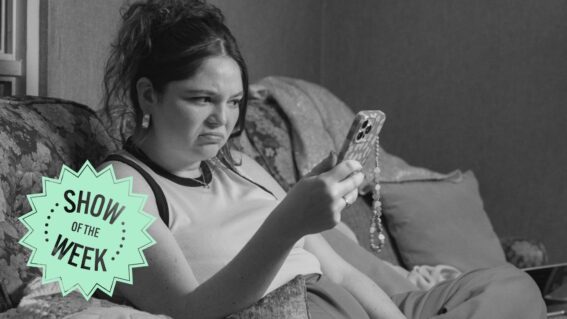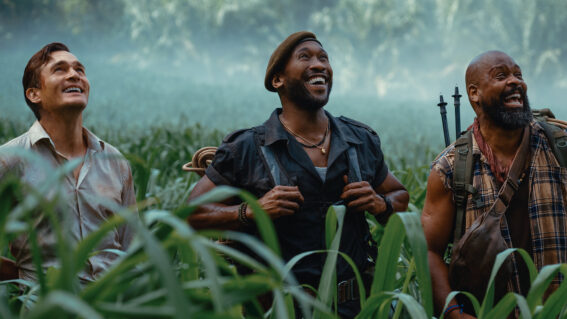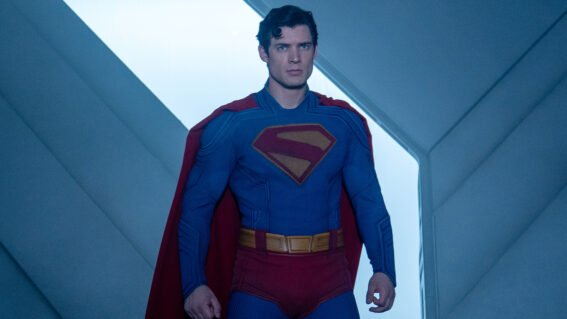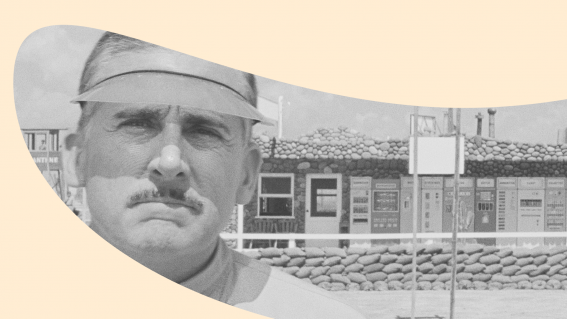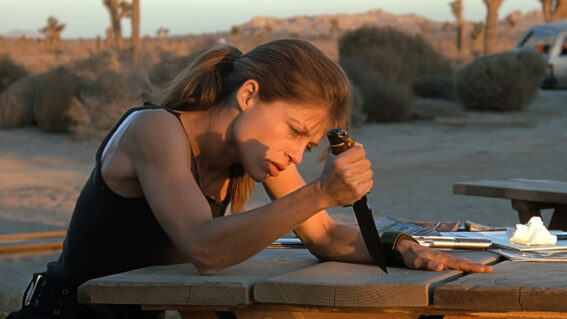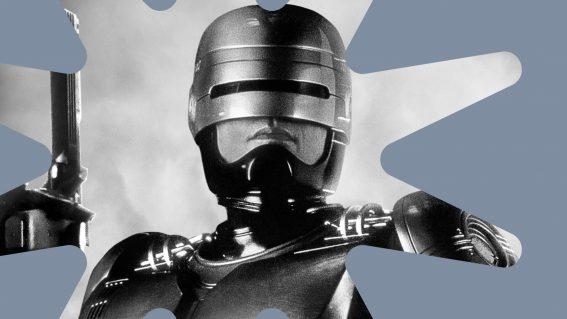Westworld’s new season feels like a much more normal TV show – at least… initially
It doesn’t just dish out futuristic landscapes, robots, and technology it still also has ideas. Lots of them.
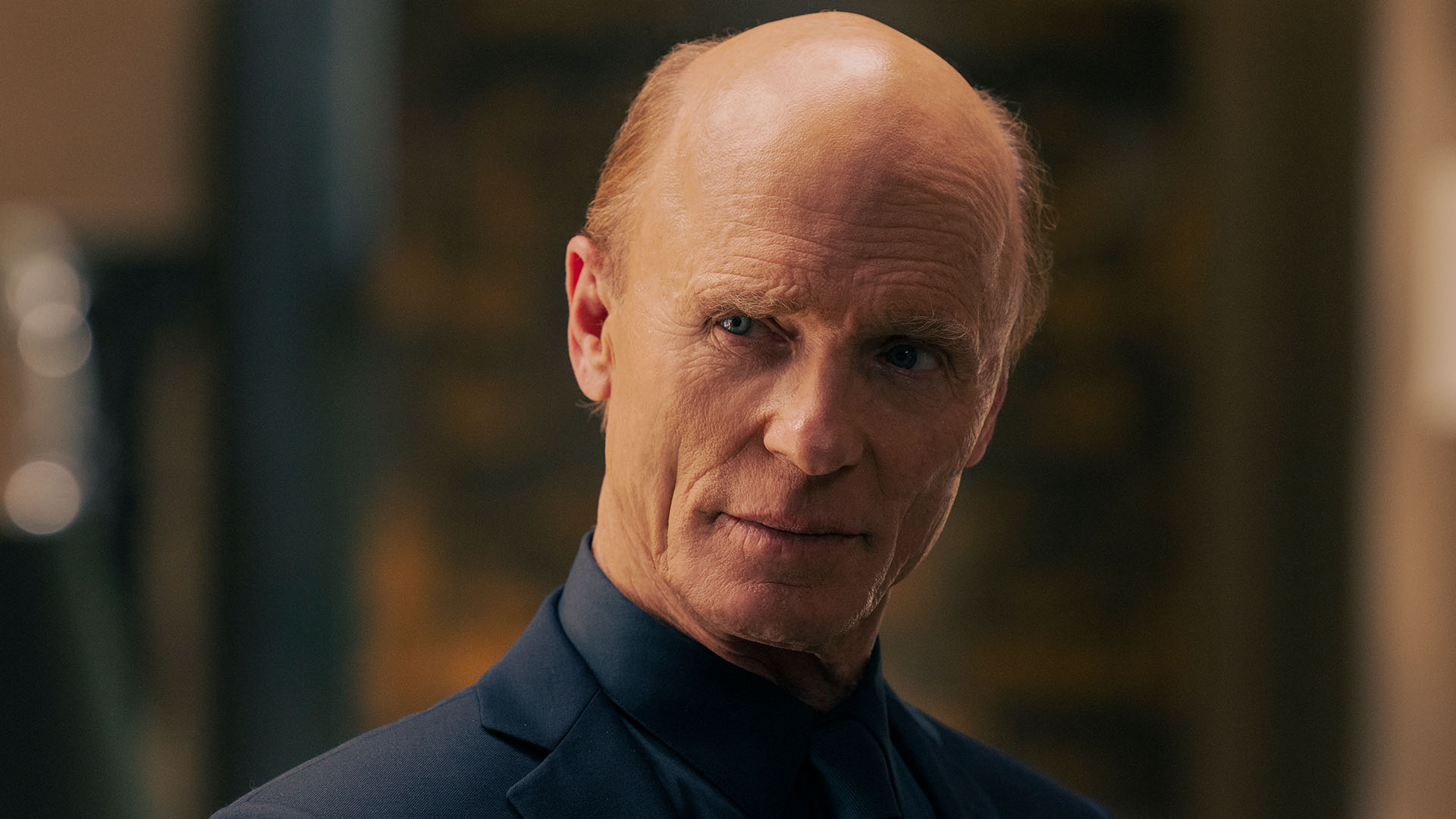
Returning for another ambitious season of sci-fi is HBO’s Westworld – stream it on Neon from June 27. Everything feels like a logical continuation of what came before, says Tony Stamp, who continues to admire the show for its ambition.
When Westworld left the futuristic park of the title in its third season and plunged into the outside world circa 2053, I was delighted. What I came to realise was that a lot of people disagreed, thinking the show should have stayed put in the insular framing it had built for itself. But moving away from the ‘mystery box’ design of the first two seasons, sticking to one timeline, and dishing out a sizable number of the answers fans had been clamouring for still strikes me as a rewarding gambit.
Season three wasted no time catching up with Dolores and her plan to replace real people with robot counterparts, and introduced us to Caleb, a human member of a society controlled by the AI Rehoboam. Myriad other plots were spun, many of them confusing. When Rehoboam was destroyed and humanity released from its grasp, it seemed a pretty fitting end to the series as a whole: what began with robots being freed from slavery ended with humans doing the same.
But a few scenes near the end set up new beginnings. The host Bernard was granted access to The Sublime (let’s call it robot heaven), before we saw him wake up covered in dust at an unknown future date. The Man in Black appeared to be killed, replaced with a host version by the villainous Charlotte (herself a version of Dolores in a different body… this is already getting complicated). Maeve found herself free to roam a world that appeared on the brink of collapse.
Just digging through these plotlines is a mental workout, but that’s what I enjoy about the show. And after two seasons of ‘what is actually happening here’, it all felt slightly more within my grasp.
After the clean slate beginning of three, season four takes a different tack. We’re eased back into proceedings, not thrown in at the deep end. Everything feels like a logical continuation of what came before—honestly it feels like a much more normal TV show. At least… initially.
It’s hard to know how to approach things from here without spoiling the fun. I’ve seen the first four episodes, and suffice it to say Lisa Joy and Jonathan Nolan still enjoy messing with viewers’ heads. And I love having mine messed with.
Having your lead character die would present more of a problem for other shows, but following the demise of Evan Rachel Wood’s Dolores at the conclusion of season three, and her subsequent appearance this season playing ‘a brand new character’ according to the showrunners, it doesn’t take much thought to figure out what might be going on. After all, we’ve seen a lot of Doloreses at this stage (Delori?) Having said that, as per the last paragraph this team loves to pull the rug out from under you. So, who knows.
Charlotte Hale (played by Tessa Thompson) is, as I mentioned, actually a host version containing Dolores’ consciousness, or at least, an older version of such who turned against her… self. As complex as this is, it’s actually a neat bit of plotting to make the increasingly villainous Dolores the series’ villain, just in another form, and reinstate a different version as the hero. Last time we saw her she seemed to be assembling a robot army. Where she is now, I shan’t say.

One of the members of that army is a host version of William, The Man In Black. It was unclear whether the human version survived (although recent trailers for the show contain answers, be warned). The show continues to get good mileage out of dressing Ed Harris like a sinister cowboy and letting him use the power of his lined visage to extremely menacing effect. Viewers with good memories will remember that way back in season two, the final scene was at an undefined point in the future and featured a host version of William. Perhaps we might finally find out when that is.
We also get answers about where Jeffrey Wright’s Bernard has been, and where (and when) he is now. He’s been changed considerably by his time in The Sublime, but rest assured he’s still peering over his glasses inquisitively. Even better, Ashley (Luke Hemsworth) is still there to crack wise.

Which leaves the unlikely partnership of Maeve and Caleb. Thandiwe Newton continues to be equal parts prim and lacerating (metaphorically as well as literally), and Aaron Paul is still befuddled yet bold. It’s probably worth pointing out that he’s now the only lead cast member still playing a human being.
Season three was decried in certain quarters for getting too silly, or too complicated. But I continue to admire the show for its ambition—its willingness to be too silly, or too cerebral. It doesn’t just dish out futuristic landscapes, robots, and technology (all of it compelling, and executed on an HBO-sized budget), it also has ideas. Lots of them, whether that’s the continued ruminations about metaphysics, humanity and ‘souls’ (and logically extending those ideas in ways I won’t spoil), or adding myriad complications to questions around free will.
Each season folds in current preoccupations too: online data harvesting through social media is one example from last time. Ecological concerns are another, and echoes of our current political climate ring through season four.
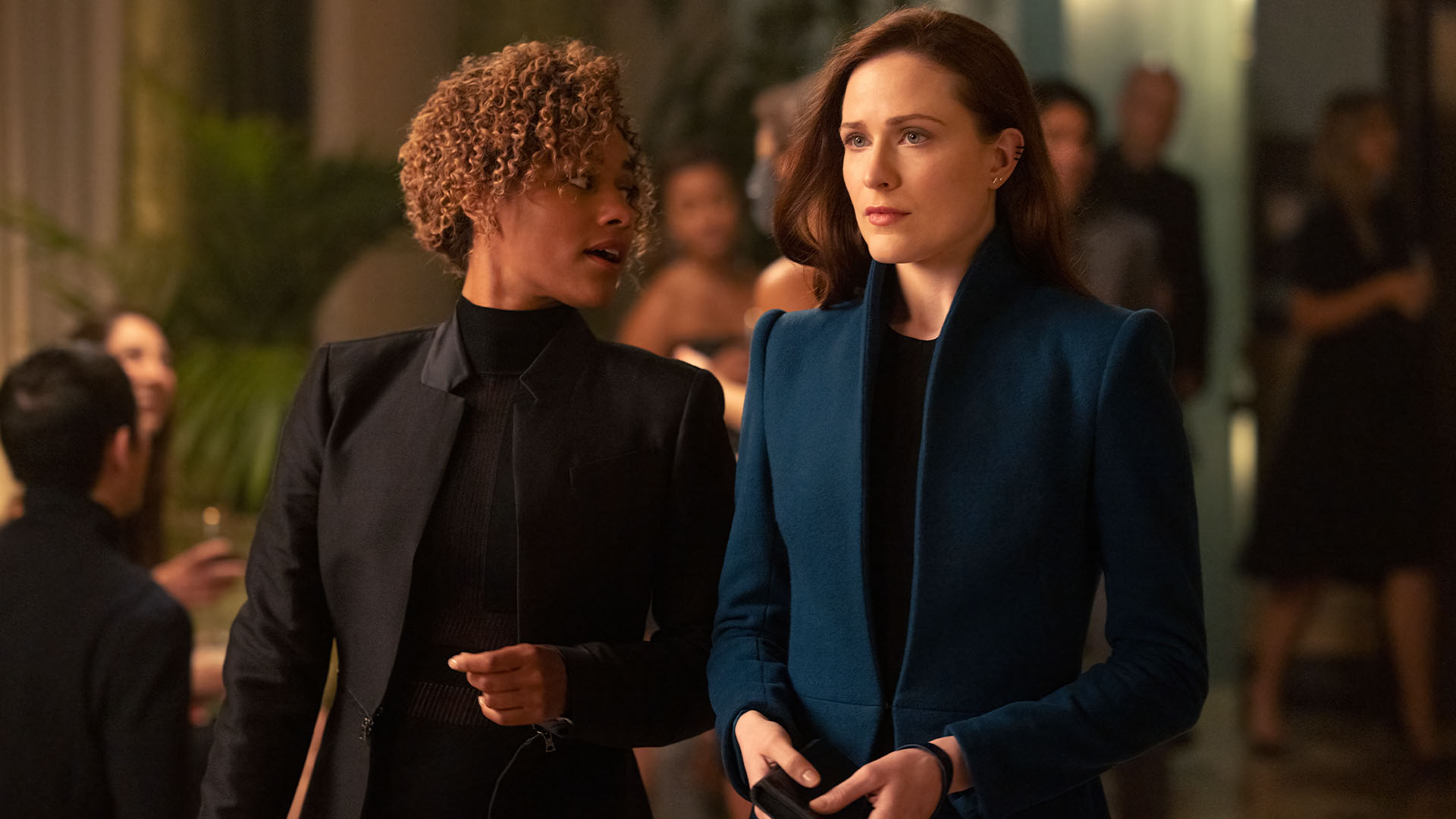
The show continues to take its time: certain cast members stay offscreen for multiple episodes, and questions are posed then answered much later. There’s at least one plotline keeping viewers completely in the dark: I have no idea when or where it is, or even who I’m actually watching. Some viewers will no doubt find that frustrating, but I’m amazed that a TV show has constructed itself this way: as a perpetually-unfolding riddle.
Over the course of its duration, Westworld has taught us how to watch it—enjoy the pleasant befuddlement, and trust that eventually we’ll arrive at a destination of some sort. Along the way, we’ll be entertained, and quite possibly enlightened in ways we didn’t expect.







